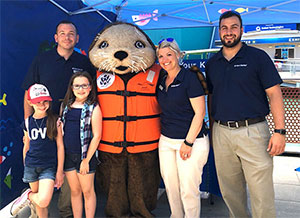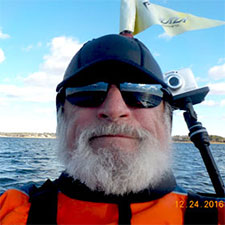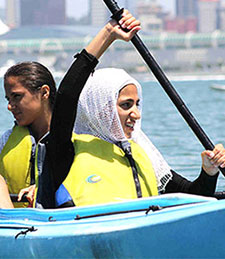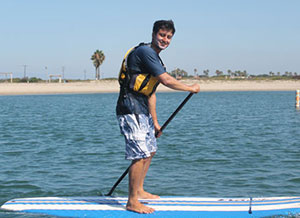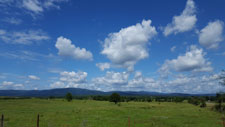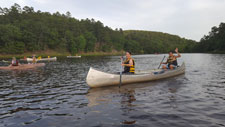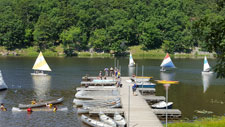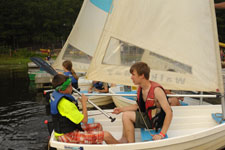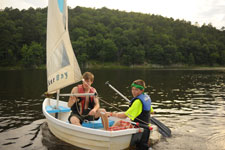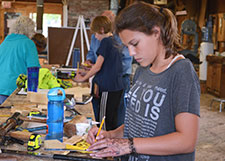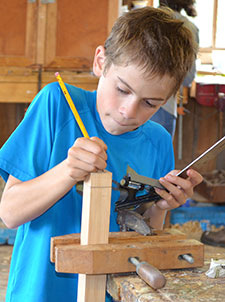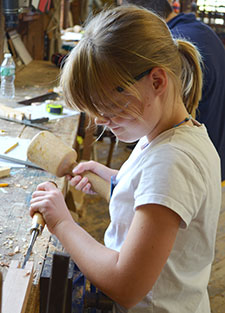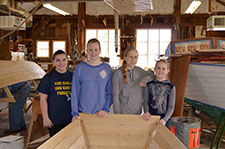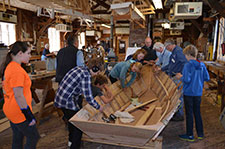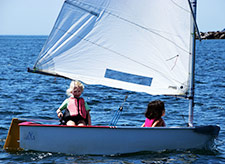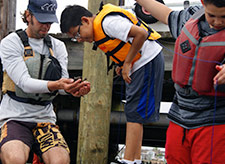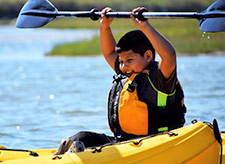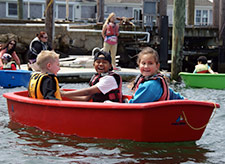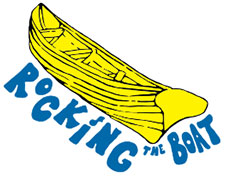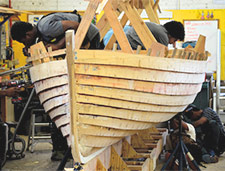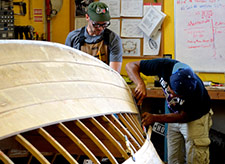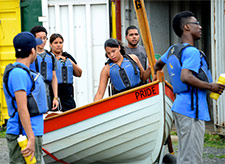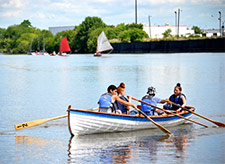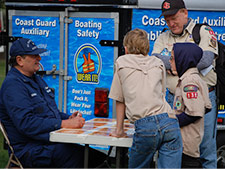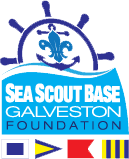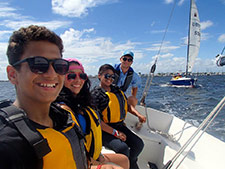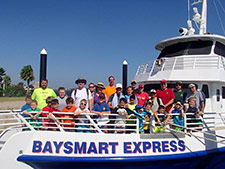“Our veterans are taught to always be strong, to stay strong, but the quick transition to civilian life can leave them reeling,” Mullin says. “PTSD is like 20 to 30 emotions hitting you all at once, and how do you handle that? It takes tremendous courage for a veteran to ask for help. That’s why I want to do this. To raise fund and awareness for their sake, and for the sake of their children, because a suicide isn’t just one life lost. It’s a family destroyed.”
U.S. Naval Air Reserve veteran, Mullin has personal experience with PTSD, which largely stemmed from his time working as a search-and-recovery diver. “I spent 20 years doing underwater recovery,” he says. “We worked in all types of water, in ponds, rivers and lakes as well as the ocean. We were involved with vehicle recoveries, evidence searches, drownings.” When asked how he managed the strain of recovery work, Mullin falls silent, then observes, “It was always about the families, about giving them closure so they wouldn’t spend the rest of their lives wondering.” Mullin retired from underwater recovery work in 2001.
He says he continued diving for awhile, but he developed shortness of breath and depleted his tanks too quickly. Then he discovered kayaking, and it was the right thing at the right time. “I spent my life on the water, starting with surfing and then diving,” he reflected. “Honestly, I feel more comfortable on water than I do on land. It’s both energizing and peaceful.” When Mullin began planning his fundraising adventure, he realized his old kayak would never be able to make such an intense offshore journey. It performed like a barge upwind and proved to be unsteady in following seas.
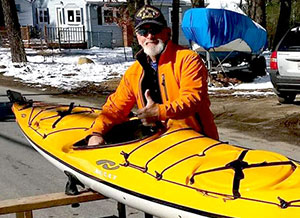
So, Mullin is now the proud owner of a 17-foot, 6-inch Necky Looksha Elite touring kayak, which is more than up to the performance challenge and can carry more than 60 pounds of gear. Mullin will pick up resupply boxes at various waypoints on his route, and he’ll also go ashore for periodic fundraisers. The rest of the time, he’s on his own. ‘I’m staying in the ocean, about a half or three-quarters of a mile offshore, rather than paddling the Intracoastal Waterway,” he notes. ‘Ironically, the ICWA is too dangerous due to all the boat traffic and wakes in a confined space. I know the ocean. I can handle it better. I study the water and find my line.” Mullin expects to be on the water for at least six months.
He hopes to arrive in Key West in December, but the finish line is not his main priority. “Success for this trip is going to be the amount of money I raise to help my fellow veterans get the help they need,” he shares on his website. “Saving lives and families is more important than the miles I paddle or the people I meet… they are just a plus.” We at West Marine were pleased to be able to work with Garmin to help facilitate the donation of a GPS unit for Mullin’s long journey. We wish him bon voyage and look forward to following his progress as he uses his own waterlife to make life brighter for so many others, of all ages. To learn more, visit https://acske2017.org.
